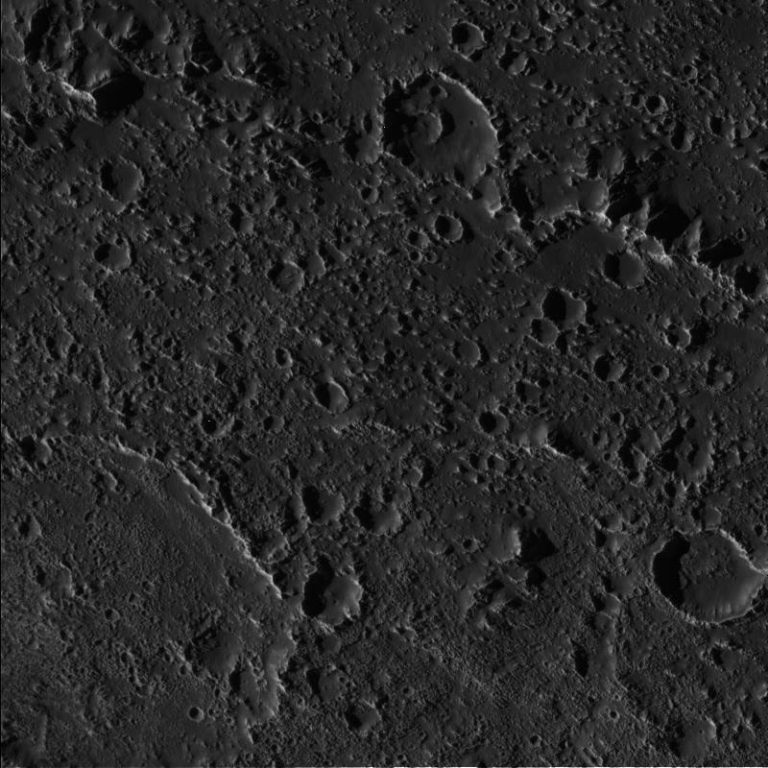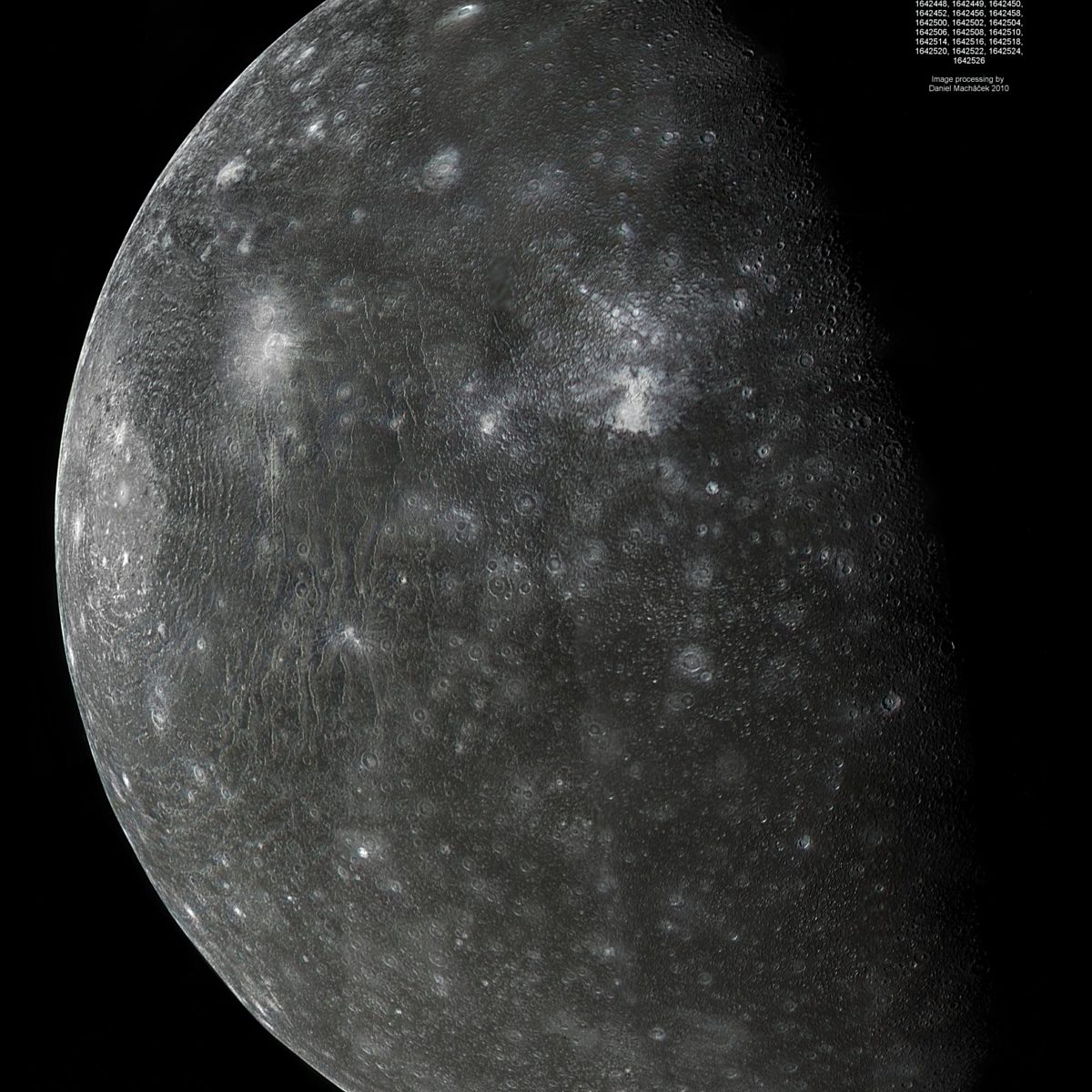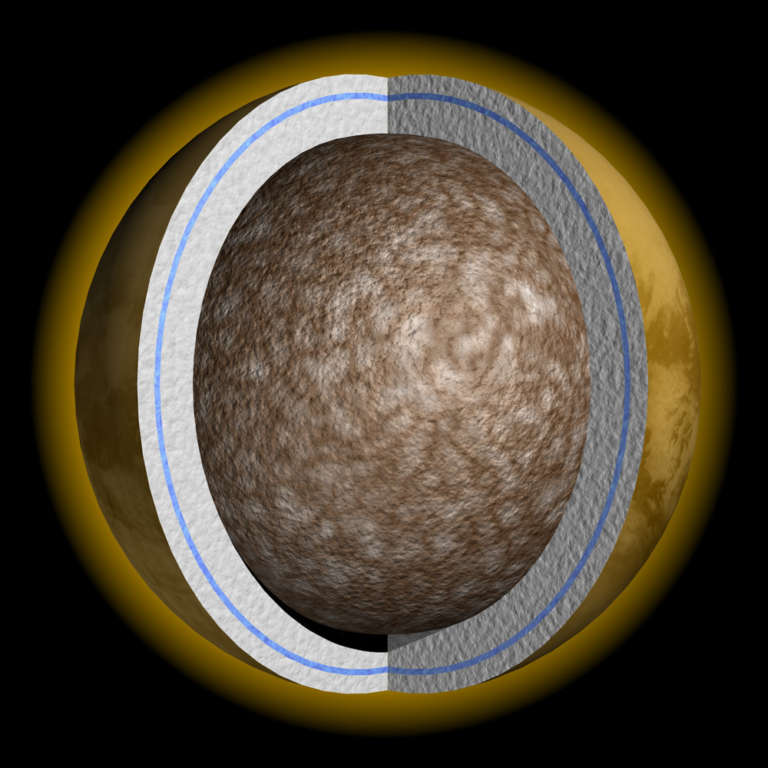All
All
Stories, updates, insights, and original analysis from The Planetary Society.
Scale solar system presentation slide, a provisional version for you to review
I'm preparing a talk for the Pacific Astronomy and Telescope Show here in Pasadena on Sunday afternoon at 1:45. I have spent the morning putting together a slide that I have long wanted to have for presentations.
Update: Phobos and Jupiter and its moons!
Remember that neat picture and movie of Phobos passing by Jupiter that I posted last week? Several people asked me where Jupiter's moons were, and I just assumed that they weren't visible. I was wrong; Mars Express spotted Jupiter's moons along with the planet and Mars' moon!
Spotting Jupiter's Moons...with a Solar Telescope!?
I was astounded to learn this morning that SOHO can not only see Jupiter, it can actually resolve Jupiter's moons (at least its two outer ones) as points of light separate from their planet!
Mercury: a moon-scale body
As I wait for the MESSENGER Mercury Orbit Insertion webcast to start, I thought I'd fiddle with some images to point out that Mercury is a bridge between the scales of planets and the scales of moons.
Door 22 in the 2010 advent calendar
Time to open the twenty-second door in the advent calendar. Where in the solar system are these degraded craters?
A new view of Callisto
Here's a lovely amateur-produced color image of Jupiter's moon Callisto, or, as its artist Daniel Macháček calls it,
Titan: Callisto with weather
It's the second time I've posted with this provocative title. This time, it's in response to a new paper published last week in Science.
LPSC: Why Ganymede and Callisto are so different
The first talk I attended at the Lunar and Planetary Science Conference in Houston was my one icy satellite talk for the day.
400 Years of the Galilean Satellites
It was 400 years ago today that Galileo discovered smaller planets attending the planet Jupiter.
Four hundred and fourteen years since Galileo
Galileo, the scientist, discovered the Galilean satellites of Jupiter four hundred years ago next month, while Galileo, the mission, arrived at Jupiter to study those moons in situ fourteen years ago Sunday.
New Horizons Jupiter Encounter Timeline
A year after its launch on January 19, 2006, New Horizons is fast closing in on Jupiter, the first target on its near decade-long journey. On February 28 the spacecraft will approach to within 2.3 million kilometers (1.4 million miles) of Jupiter before speeding along on to its way to the edge of the solar system.
LPSC: Thursday: The Moons of Jupiter and the future of Outer Planet Exploration
I said earlier I was going to cover the poster sessions next, and there are some cool things that I want to write about, but I thought I'd better get to something a bit more topical a bit sooner: Europa and the other Galilean satellites, and when (if!?) we'll be exploring them again.


 Explore Worlds
Explore Worlds Find Life
Find Life Defend Earth
Defend Earth


 Sun
Sun Mercury
Mercury Venus
Venus Earth
Earth Mars
Mars Jupiter
Jupiter Saturn
Saturn Uranus
Uranus Neptune
Neptune Small Bodies
Small Bodies








